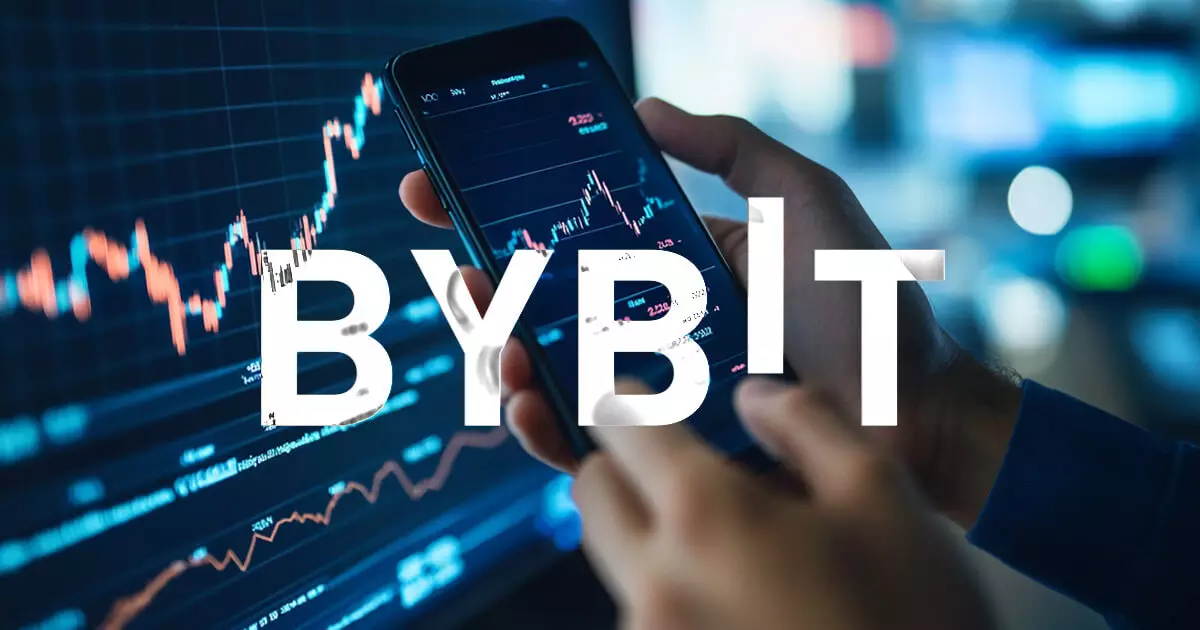In a significant pivot towards a future that prioritizes operational efficiency, Bybit has announced its decision to phase out several Web3 services by the end of May 2025. This development is indicative of a broader trend among cryptocurrency exchanges, where adaptability and innovation are becoming essential in a market characterized by volatility and rapid technological advancement. Bybit’s actions raise important questions regarding the sustainability of specific crypto offerings, and whether the industry’s current trajectory is aligned with user needs or simply a reflection of market demands.
The Phasing Out of Services: A Risky Gamble?
Among the services slated for closure are Bybit’s Cloud Wallet and Keyless Wallet, alongside its DEX Pro platform and NFT Marketplace. Such sweeping eliminations demonstrate the exchange’s ambition to streamline operations, but they also expose users to potential risks. Crypto investors might feel increasingly anxious about transferring assets and the threat of delayed access or added identity verifications hanging over them like a dark cloud. Losing access to valuable NFTs, or the emotional toll attached to unclaimed digital assets, will undoubtedly cause mistrust and dissatisfaction among users. Bybit’s approach to handling user assets during this transition must be executed with utmost care, or it risks alienating a loyal customer base.
Long-term Vision vs. Immediate Implications
Bybit frames this strategic decision as a necessary step toward cultivating a more user-centric environment. It’s a noble vision, but the reality raises doubts. Is this truly about enhancing user experience, or is it a reaction to pressures from an increasingly competitive market? The closure of services like the NFT Marketplace echoes a significant turn in investor sentiment; once considered the future of digital assets, NFTs are now met with skepticism. Bybit’s current retreat from certain offerings may serve as a valuable lesson: the fast-paced world of crypto often sidelines long-term plans in favor of immediate gains.
Continuing Services: A Mixed Bag
Despite the downsizing, Bybit has retained access to certain services, including staking products and decentralized applications (DApps). While this may offer a semblance of continuity, it could also be seen as a distraction from the extensive changes underway. Users must assess whether the remaining offerings align with their interests or merely signify an attempt to maintain user engagement amidst a tumultuous restructure. The announcement of a private key export feature for the Keyless Wallet, while promising continued access through third-party platforms, further complicates the conversation around security and user autonomy.
Final Thoughts on Bybit’s Direction
Bybit’s recent movements signal a company wrestling with the complexities of operating in a rapidly evolving financial landscape. Critics could argue that this is a hasty retreat, underscoring an inability to adapt to the demands of a maturing market. It’s crucial for Bybit to not only communicate the reasons behind these changes but also to earn back the trust of users navigating this turbulent environment. How Bybit handles these transitions, both operationally and in terms of user communication, will be pivotal to its success in the increasingly competitive crypto space.















